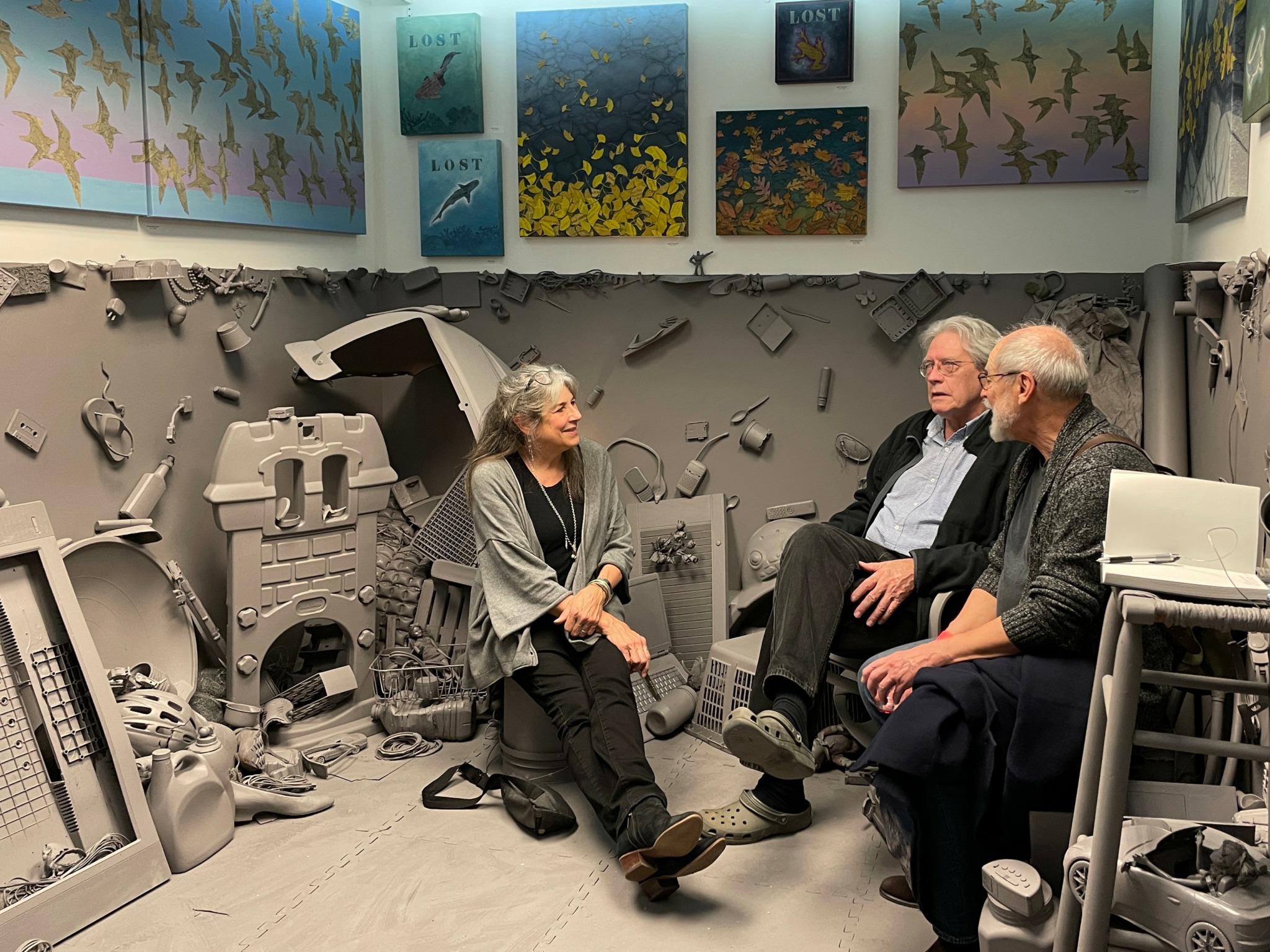We were lucky to catch up with Taina Litwak recently and have shared our conversation below.
Taina, appreciate you joining us today. What’s been the most meaningful project you’ve worked on?
My most meaningful project to date is the work I am doing on a series of installation sculptures about Plastic Over Production and Waste. I have done two iterations of the project at galleries in Washington DC in 2024 and in Baltimore in the spring of 2025. The third, and largest to date, I will be installing as a solo show in another DC gallery in Dec. 2025. I am a passionate environmentalist and I have spent the last 40 years of my professional life working with scientists documenting biodiversity – new species of animals and plants and advancing science literacy and education, illustrating for text books, museums and magazines. Five years ago, I arrived at a point in my professional life where I needed to communicate my more personal concerns about the state of the biosphere and began a series of paintings and sculpture. I am driven by the idea we can significantly improve communication of scientific information with storytelling. Based on venue attendance and reviews, these installations are reaching thousands of people and raising awareness of issues I believe to be critical to human society’s survival: climate change, biodiversity loss and plastic pollution.
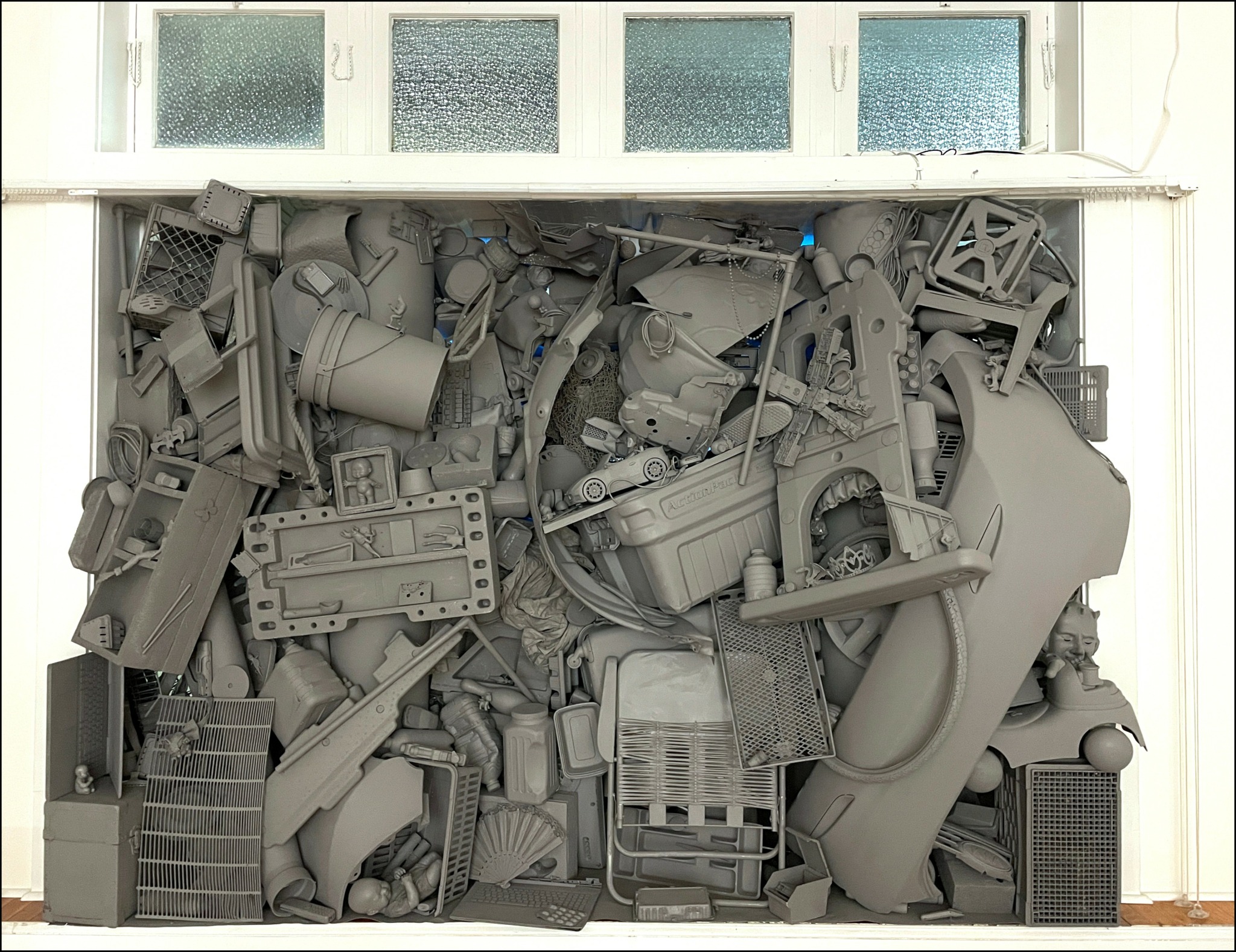

Great, appreciate you sharing that with us. Before we ask you to share more of your insights, can you take a moment to introduce yourself and how you got to where you are today to our readers.
After getting university degrees in Biology and Fine Art, I spent most of my professional life working with scientists documenting biodiversity – new species of animals and plants and advancing science literacy and education, illustrating for textbooks, museums, and magazines. Having a solid academic background in both specialties gave me an advantage in being able to deliver accurate and innovative work for my science clients. I worked for 2 periods as a staff illustrator (23 years) and 17 years as a self-employed illustrator juggling many clients at a time with a very wide variety of illustration projects. At this point, all my work experience, organizational skills and writing ability are contributing to the success of my current installation projects. I have also served on several art and illustration professional societies for decades. As an activist artist I must not only generate the work but procure venues to have it seen and cultivate audiences. I know how to conceive projects and make them happen. I work to create objects of beauty, harmonies of color and pattern, which on closer examination focus a viewer on the issues. The harmony is a lure, the details a warning: bearing witness, potentially triggering change. I am continually exhibiting and selling my smaller sculpture works and paintings works in group shows (both juried and invitational), primarily in DC/Baltimore galleries.
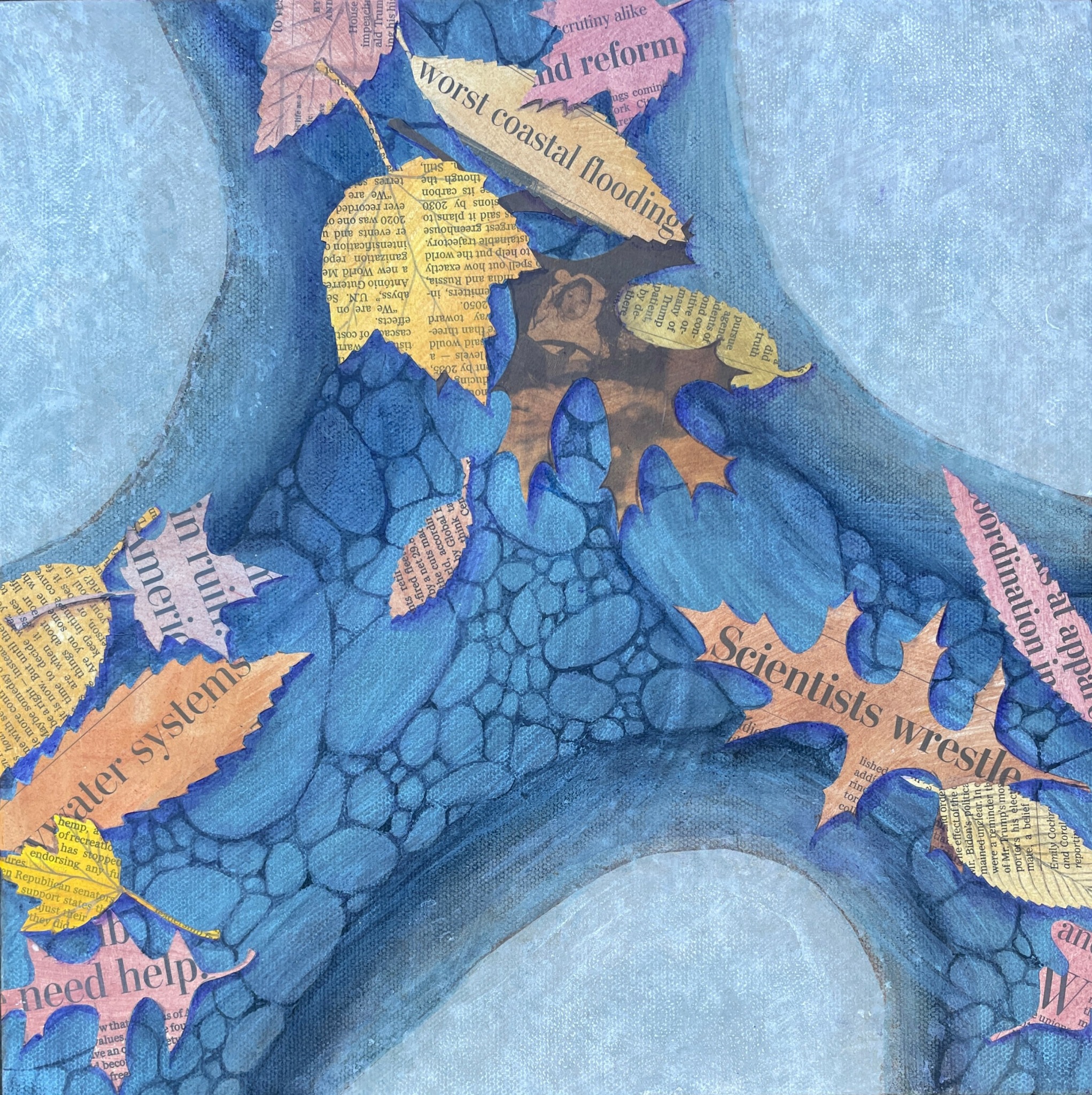
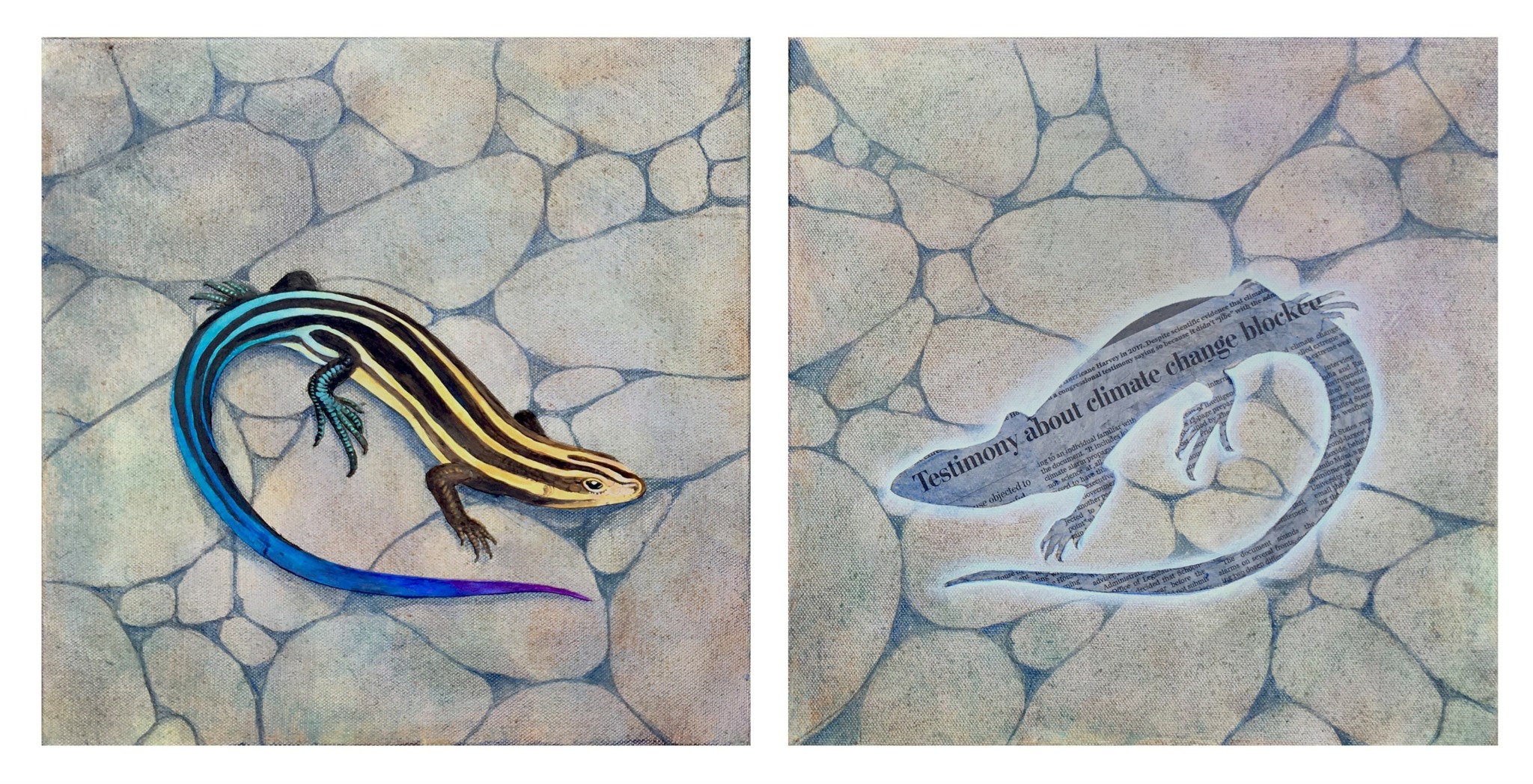
Let’s talk about resilience next – do you have a story you can share with us?
Once I was out of Art School, I was determined to contribute artwork to the world. I moved to a city and threw myself into making art and getting it seen. I showed in a collective gallery for a few years and then was invited to be represented by a commercial gallery, and then a different one. I had a few small and one significant solo show. I sold very little. I felt I had gone up the ladder, as I had hoped, but it had not gotten me out of waitressing to live. So I decided to change course and work as a scientific illustrator. Its seemed to be something I could succeed at while incorporating my love of image making with contributing to the something greater: world scientific knowledge and literacy. It felt like a defeat, but succeeding in that career was also defiant. The pecking order of the visual arts is very hierarchical. Fine art counts. Illustration, is a lesser, applied thing, and scientific illustration? Mere tech work: the bottom rung. Now, many years later, I have reemerged as a fine artist, with a vastly enlarged skillset and depth of understanding about what I want to say with my work. I’m having a much more satisfying time with it now.

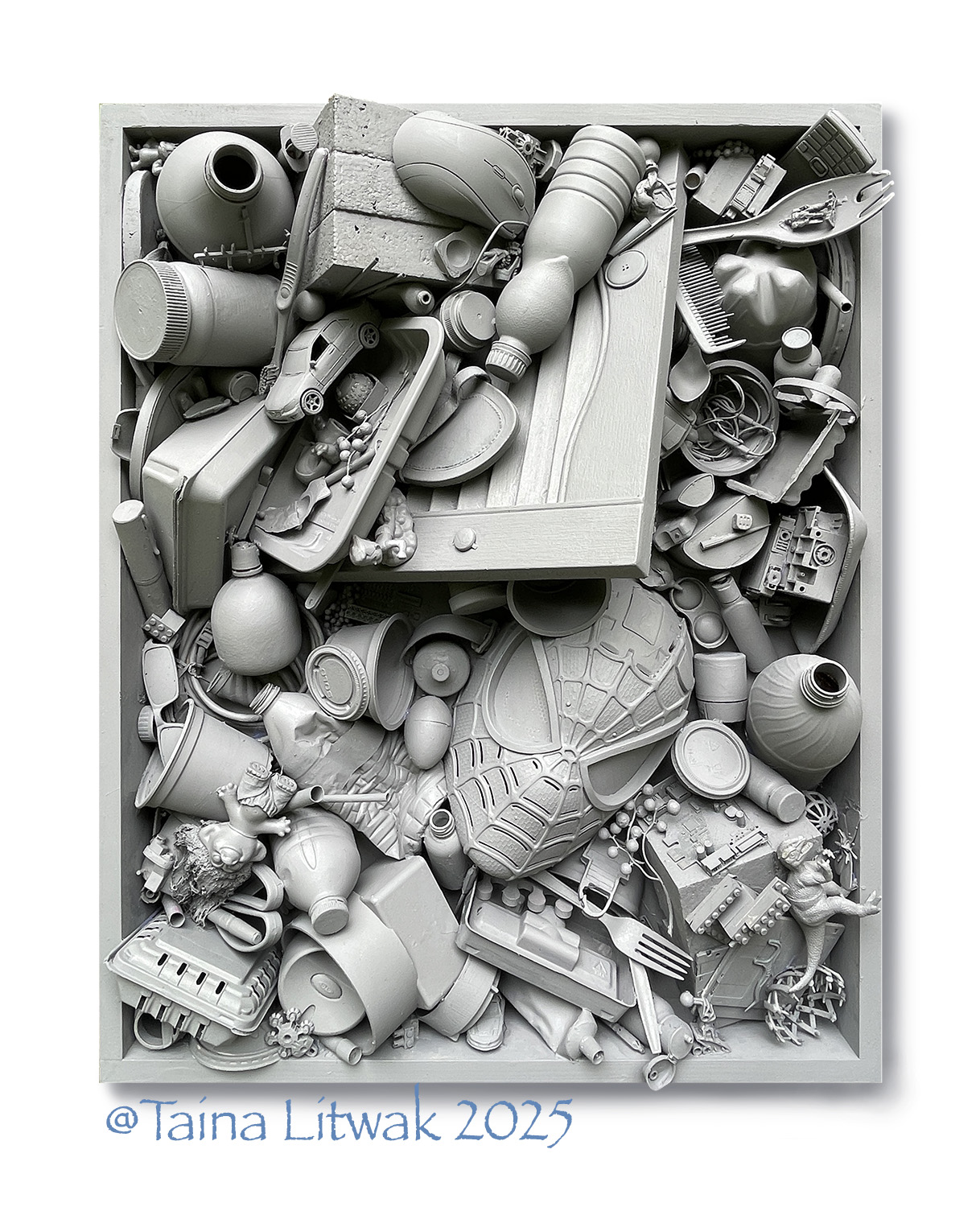
In your view, what can society to do to best support artists, creatives and a thriving creative ecosystem?
Our society could do a lot more in supporting the arts if a mindset could be cultivated that the work of people who really focus on making (and attempting to sell) fine artwork or creative art services (design, illustration, etc) is WORTH HAVING. It is a desirable to have and contributes to a full life. It is worth spending good money for. Our culture assumes a Dr., laywer, accountant, plumber or car mechanic would never give away their work for free, but the same is not true for how people in many creative fields are seen. It’s true, that anyone can do “art”, and creative expression is to be encouraged and cultivated in everyone (from the very young to the retired). But their work is not the same as the work of a person who has/is dedicating their professional life to creative excellence, in whatever media. The terms amateur
and professional are somehow denigrating, are not really sufficient. If society could do better on this, dedicated creative professionals would be much better off.
Contact Info:
- Website: www.tainalitwakart.com and www.litwakillustration.com
- Instagram: https://www.instagram.com/tainalitwak/
- Facebook: https://www.facebook.com/taina.litwak
- Linkedin: https://www.linkedin.com/in/taina-litwak-09345ba/
- Other: Several You-Tube lectures and interviews:
https://www.youtube.com/watch?v=xgACDPbnNYY
https://www.youtube.com/watch?v=c-Bz63gxzH8




